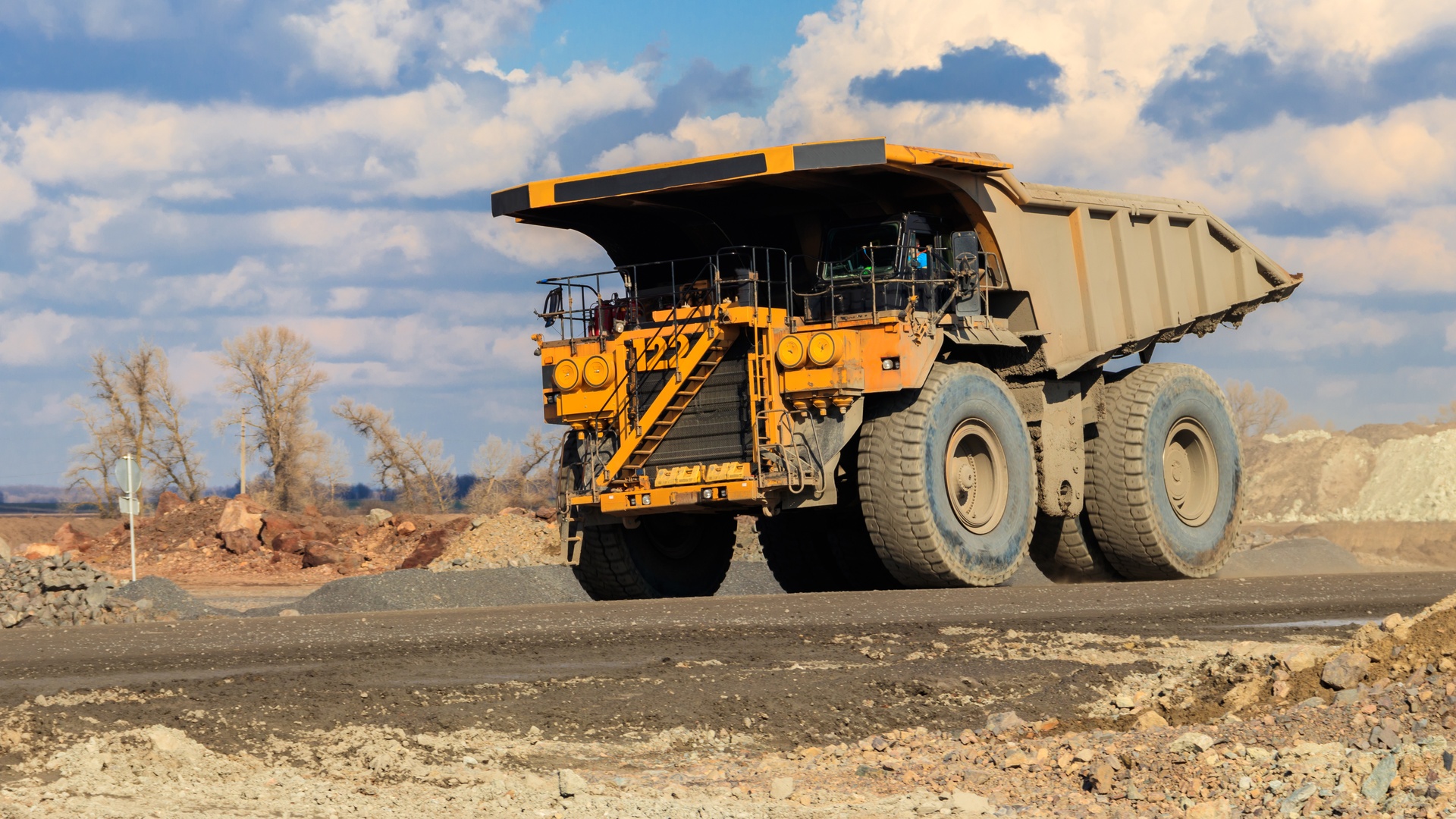How To Properly Use Haul Trucks on Construction Sites

Haul trucks are essentially massive dump trucks. These colossal pieces of machinery are incredibly useful on high-volume construction sites, but their size can make them tricky to handle safely and effectively. That’s what we’re here to help with. Read on to learn how to properly use haul trucks on construction sites.
Know Your Truck’s Load Limits
First things first—never overload your haul truck. It might seem obvious, but the temptation to squeeze in “just a little more” can lead to serious problems. Overloading puts excessive stress on the engine, transmission, and brakes. It also makes the truck harder to control, especially on slopes.
Check your truck’s payload capacity and stick to it. Factor in the weight of any water or other liquids that might be absorbed by materials like dirt or gravel.
Navigate the Landscape Wisely
Walk or drive your haul routes before heavy operations begin. Look for soft spots, steep grades, overhead obstacles, and tight turns that could cause problems.
Additionally, try to establish one-way traffic patterns. Two-way traffic with large haul trucks is likely to create bottlenecks and increase accident risk. Lastly, mark your routes clearly and communicate them to all operators and ground personnel.
Refine Loading Techniques
Proper loading technique makes a huge difference in truck performance and safety. Load material evenly to maintain balance. Uneven loads can cause trucks to tip or become difficult to steer.
When loading from an excavator or loader, position the truck so the material falls into the center of the bed. Don’t rush the loading process. Taking an extra minute to load properly can prevent hours of downtime later.
Brake Smart, Brake Safe
Haul trucks carry enormous weight, which means they need serious stopping power. Regular brake inspections are therefore very important. Check brake fluid levels, look for signs of overheating, and listen for unusual sounds.
On steep descents, use engine braking combined with service brakes to prevent overheating. For operations in particularly challenging conditions with steep grades or heavy loads, Ausco’s wet brakes could be ideal for providing consistent stopping power even under these extreme conditions.
Master Clear Communication
Establish clear communication protocols between truck operators, spotters, and loading equipment operators. Use standardized hand signals and radio procedures. Never assume someone sees you or knows your intentions. Finally, consider using backup alarms, rotating beacons, and other safety equipment to make trucks more visible and audible to ground personnel.
Properly using haul trucks on construction sites comes down to preparation, communication, and respect for the equipment’s capabilities. Follow manufacturer guidelines, conduct regular maintenance, and never take shortcuts with safety procedures. Your projects will run smoother, your equipment will last longer, and everyone should go home safely at the end of the day.







